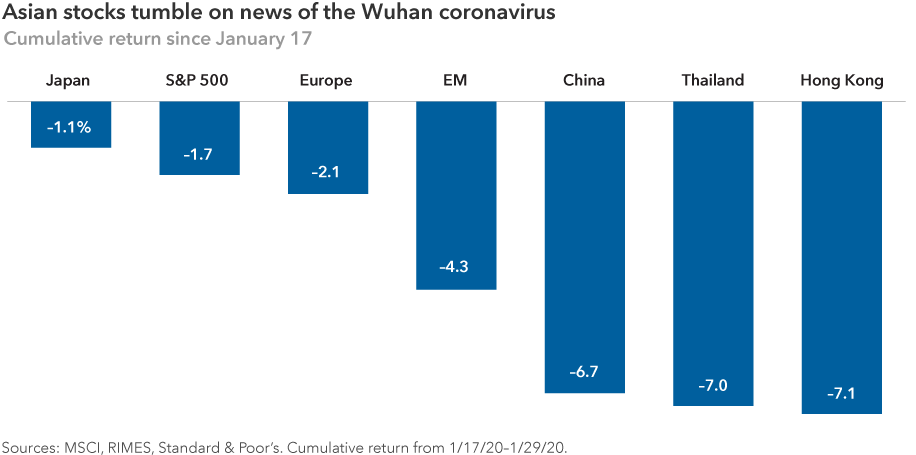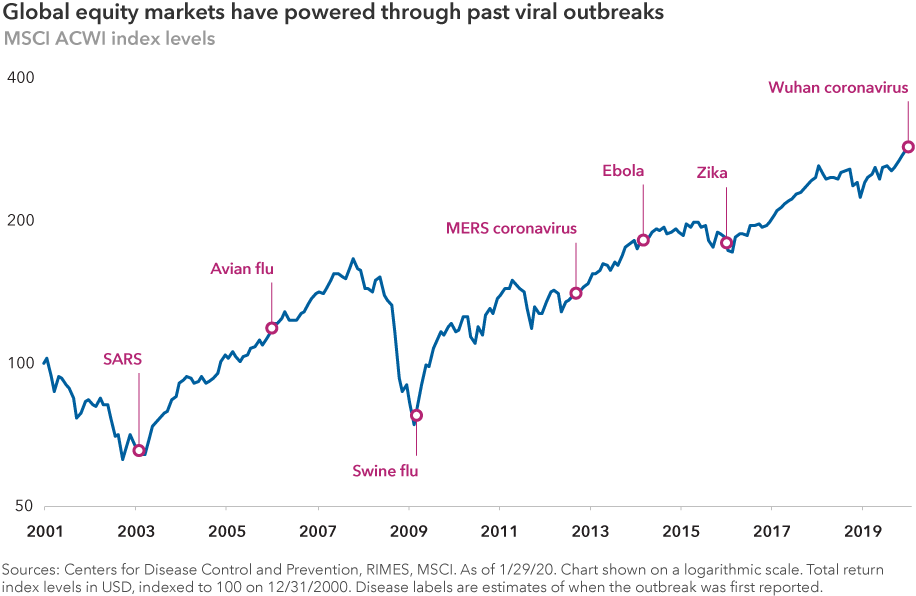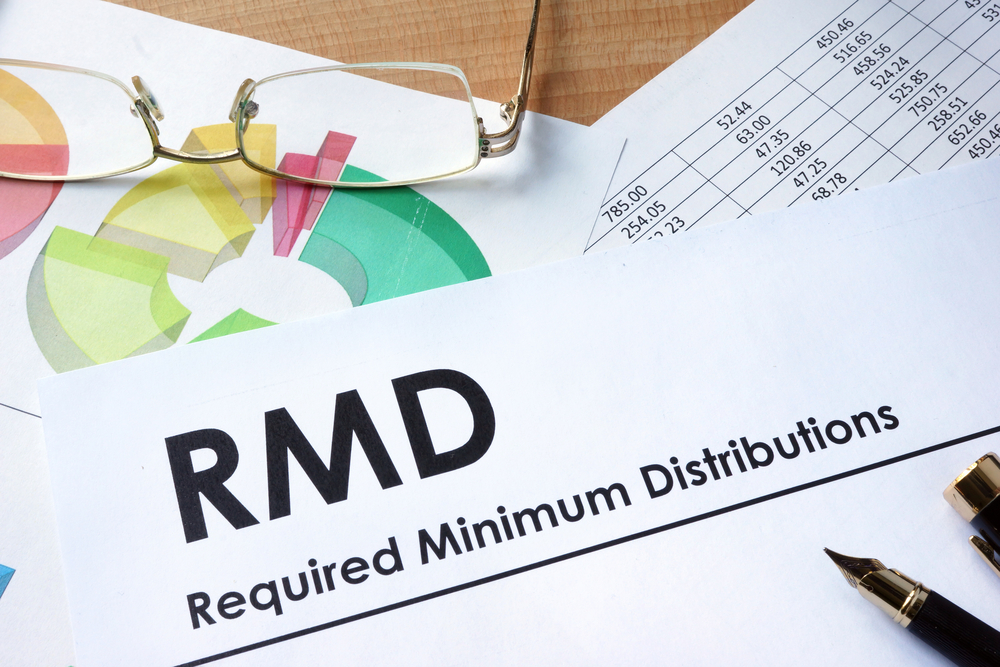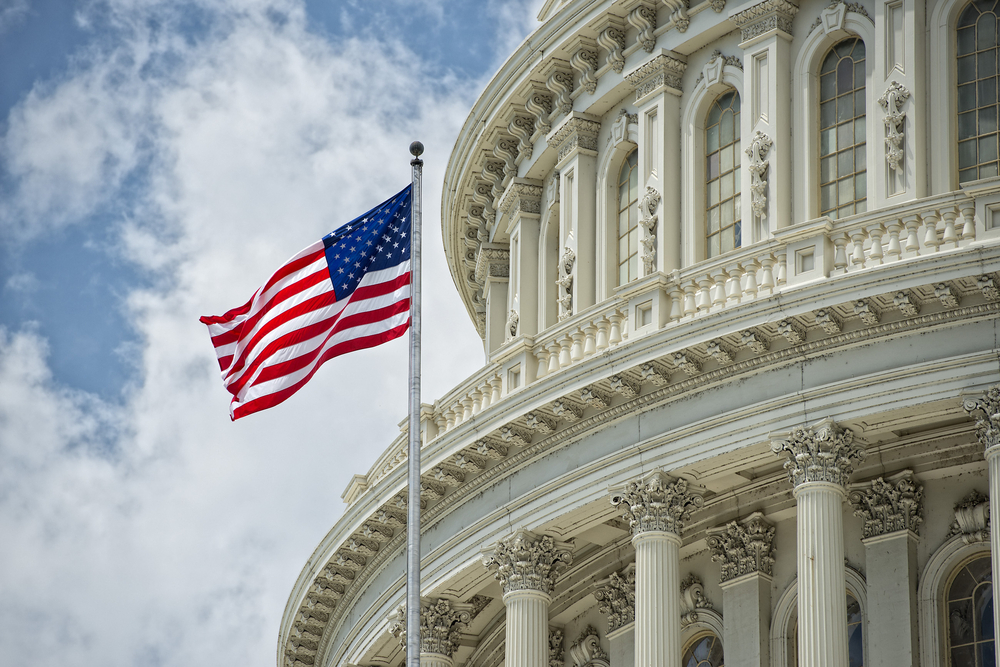
Prevent Social Media Overwhelm
It’s easy to get lost in the rabbit hole of social media. Especially when we’re still practicing social distancing and businesses aren’t all open yet.
You think you’re going to get caught up with some friends from high school. Next thing you know, you’re arguing about what kind of potato you are two hours later. Or you run your own business and you’re trying to keep up with all the latest channels that people say you “have” to be on!
Here are some tips for avoiding the overwhelm.
Give yourself a break
It’s not entirely your fault that you find social media addicting. If you’ve been beating yourself up about the time you spend on the platforms, stop. They have been specifically designed to be addicting.
You may be under the false impression that social media platforms exist to connect people with other people. They don’t.
Their business model is to keep people on the platform so they can get as many ads in front of as many eyeballs as possible. The fact that you can catch up with your high-school friends or see your niece’s wedding dress is entirely incidental to what the channels are all designed for, which is to make money for advertisers.
That’s why you find it so easy to get sucked in and waste hours in front of the screen. The designers created it to be that way.
Turn off notifications on your phone
In the course of designing platforms that will keep us glued to them for hours, the developers also know quite a bit about neuroscience and use that to their advantage. Definitely to most users’ disadvantage!
You probably know that humans are social animals, and we have a need to fit in somewhere or belong somewhere and have some friends. Introverts included. They just need fewer friends than extroverts do to feel they belong.
Our brains also like novelty. That’s why the app designers have all those beeps and buzzes to let you know when you have a notification. Your brain releases a little hit of dopamine, a happy neurochemical, when this novelty hits you. That’s your brain saying Yeah! More of this!
The notification leads you to open up the app so you can see where someone liked or commented on your post. More feel-good neurochemicals, because you’re getting social validation with the likes and comments, you social animal you.
Still think you need to leave them on? Studies have been done on how long it takes you to start concentrating again once you’ve been interrupted. The answer may surprise you – it’s 23 minutes.
If you’re trying to focus on your work and you pause to see that someone liked your Facebook post, you’ve just wasted more than 20 minutes. Just on the few seconds that it took you to check the notification.
Even if your business is on social media, you don’t necessarily need to keep your notifications on. Unless you’re selling through the channel, in which case you might. Most of the social media platforms allow you to set up a FAQ where you can answer the questions that you often get.
Turn off your notifications and notice how peaceful life is all of a sudden.
If you use social media for business, curate and use technology
There are a lot of people out there, who may or may not refer to themselves as social media coaches or gurus or superstars, who will insist that anyone worth their salt must be on platform A or B. And some will advise you to be on all of them. But unless you have full-time social media staff, that is just not possible.
Do you need to have your business on social media? Some people argue that you don’t, but those are the people who made their names early on. They don’t need social media to amplify their bylines.
For most of the rest of us, though, we do need to be out there. After all, the platforms are free. You just need to pick the one or two that match your demographic and that you personally can bear to deal with.
The demographic information for all the social medic channels is widely available (here, for example) if you don’t already have a general idea which channel you should focus on.
One rule of thumb that you probably should abide by is to have a LinkedIn profile if you sell business-to-business or B2B. If you’re B2C, selling direct to the retail customer, it may not be necessary. Instagram and Pinterest both skew female and are visually oriented. Twitter posts do better when paired with pictures but is mainly a text-based platform.
In order to automate your social media as much as possible, you can find a scheduler where you input all your posts and they’re sent out to your platforms at the time that you choose. That way you don’t have to spend so much time on the channels themselves. Although they do reward organic or non-scheduled content.
You can create video from a blog post using technology now as well. See where you can use systems to your advantage.
Give yourself a break, part 2
And sometimes, you may just need to avoid social media for a little while. During this time, there’s a lot of misinformation and partisan positioning that can rapidly become overwhelming. If you have a business on social media, look only at your business page and nothing else.
On your personal platforms, you can let everyone know that you’re taking a break. You might even find while you’re off that you don’t want to get back on! If you want to stay in touch with friends and family, you can do that via phone calls and web chats. They’re more effective than social media anyway for maintaining social ties.
Focus on offline
Before you sit down in front of the screen, it might be worth asking yourself if you’ve done everything else first. Did your kids, pets, and/or spouse spend time with you today? Did you exercise in some fashion, even if it was just a dance party for one? Is there a craft or a hobby that you keep wishing you have more time for?
Spending too much time online makes people more lonely and depressed. It’s healthy for you to spend time offline. Especially when you’re spending it thoughtfully by working on a craft or something else that you really love.
Or talking to friends you haven’t spoken to in a while, or catching up with family. Or taking the whole family for a walk after dinner (staying 6 feet away from other people exercising in the great outdoors). Or whatever behavior is healthy, fun, and lights you up… because social media won’t, in the long run.
Are you concerned about your financial health while we deal with COVID-19? We’re working remotely (technology for the win!) so please feel free to give us a call at 619.255.9554 or email us.














